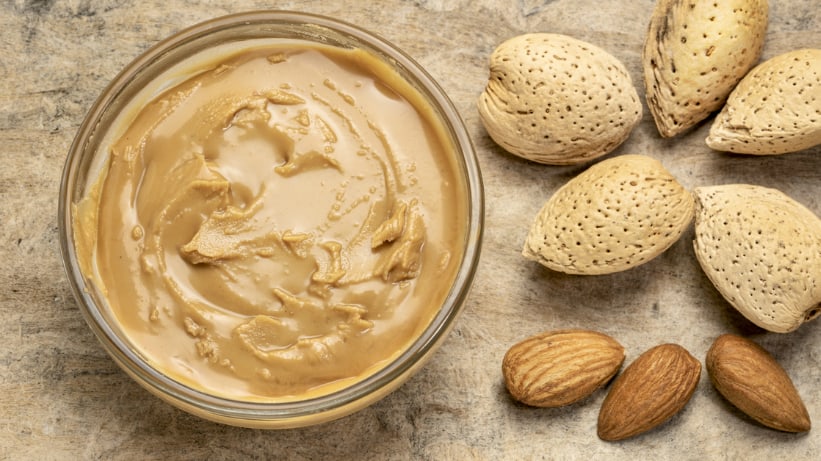
The idea that it’s difficult to consume enough protein on a vegetarian diet is a common misconception — likely started by early U.S. Department of Agriculture (USDA) food guidelines that presented meat as a required food group and listed meat and dairy as the only sources of protein. Yet, animal products aren’t the only sources of protein. Many grains, legumes, seeds, nuts, and vegetables also contain enough protein to help you meet your daily needs.
According to the USDA’s Recommended Daily Allowance (RDA) guidelines, humans need 0.8 grams of protein per kilogram of body weight. You can calculate your own RDA for protein by using the USDA’s online Dietary Reference Intakes calculator, or multiplying your weight in pounds by 0.36. Someone who weighs 150 pounds should consume 54 grams of protein per day, according to this recommendation.
Keep reading to learn about 10 high-protein vegetarian foods to help you meet your RDA for protein.
1. Quinoa
There’s a reason quinoa is a favorite food of vegetarians: one half cup contains 14 grams of protein. While quinoa technically is a seed, most people cook it like a grain. You can swap quinoa for rice in many dishes to boost their protein content.
Other ancient grains that contain significant amounts of protein include millet, einkorn, farro, buckwheat, rye, spelt, and teff.
2. Hemp Seeds
Hemp seeds contain the same amount of protein as beef, by weight, but people rarely eat them in the same quantities. Three tablespoons of hemp seeds contain 10 grams of protein, which makes them an easy way to transform a low-protein meal into a high-protein lunch or dinner.
Add hemp seeds to your diet by sprinkling them on salads, cereal, oatmeal, or entrees. You also can blend them into smoothies or grind and bake them into bread and other baked goods.
3. Nut Butter
Two tablespoons of nut butter contain between 5-8 grams of protein, making it an ideal, protein-rich snack. Eat it spread on apples and celery, blend it into a smoothie, or remember your younger days by making yourself a peanut butter and jelly sandwich.
4. Lentils
A half cup of lentils contains 9 grams of protein. These legumes come in five colors: brown, green, red, black, and yellow. Each type of lentil has a slightly different flavor and requires a different amount of cooking time so be sure to follow specific instructions for preparing the type of lentil you plan to eat.
Many other legumes are high in protein, too, such as black beans, chickpeas, and green peas. Add beans to cold salads or serve them as a warm side dish with other entrees to increase your meal’s protein content.
5. Greek Yogurt
Greek yogurt is another high-protein option for breakfast with one cup containing 9 grams of protein. Not all yogurts have a high-protein content, however. Most yogurts in the grocery store contain far less protein so be sure to check labels before you buy.
Greek yogurt works well with granola, fruit, and a touch of honey. Opt for sugar-free or low-sugar yogurt if you plan to mix in something sweet. Also try pairing plain Greek yogurt with savory dishes — a common practice with many Mediterranean foods.
6. Seitan
Seitan is one of the least-common foods on this list, but you can buy this wheat-based product in stores or make it at home. Often used as a meat substitute, seitan provides 15 grams of protein per serving.
It’s sugar-free and low in carbohydrates, making it a good choice for people trying out high-protein, low-carb diets. People on a gluten-free diet or who have an allergy to wheat, however, should avoid seitan.
7. Cheese
Most cheeses contain high levels of protein, making them a great addition to a meal or snack. For example, one slice of cheddar cheese contains 7 grams of protein. Cheeses also contain high levels of fat and salt, however, so you probably want to limit yourself to just a couple of servings per day.
8. Spirulina
Two tablespoons of spirulina provides 8 grams of protein. This unique food product, usually sold as a bright green powder, comes from blue-green algae grown on lakes in Africa and South America. It’s also high in vitamins and minerals, making it comparable to a daily vitamin in many ways.
While many people don’t enjoy the flavor of spirulina, mixing it into smoothies or something else can help mask its natural taste.
9. Soy
When people seek vegetarian protein sources, they often think of soy products first. Raw soybeans, also called edamame, provide 8.5 grams of protein per half cup.
You can find many different types of processed soy products, including tofu, tempeh, soy-based burgers, and soy milk. All of them offer high levels of protein. One serving of tofu, for example, has 10 grams of protein. Tempeh, a fermented soy product often used as a meat substitute, contains 15 grams of protein per serving.
To determine the protein content of other foods, check out the USDA’s FoodData Central tool or a nutrition tracker like MyFoodDiary.